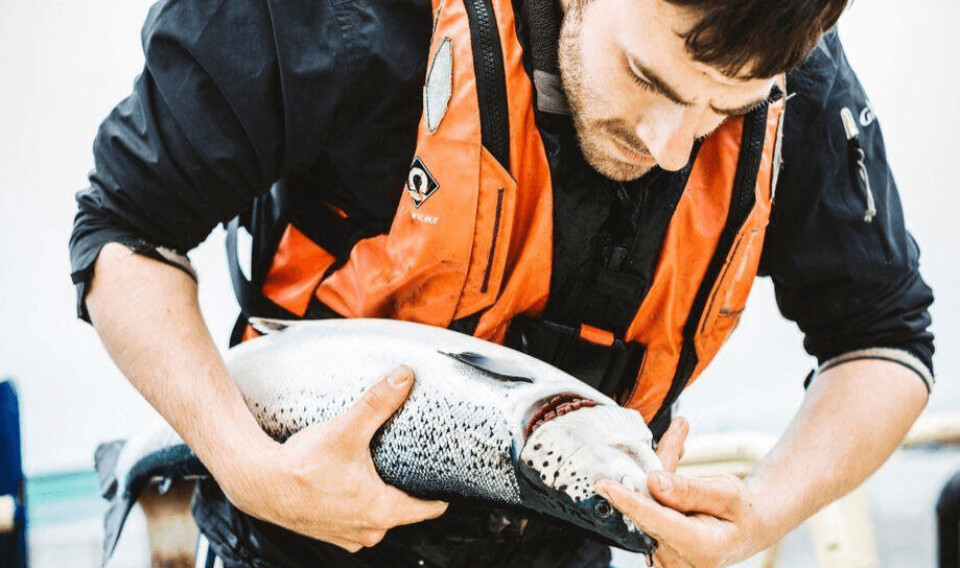
Contract prices and challenging biology slash Q1 operating profit for salmon farmer
Scottish Sea Farms' EBIT down by 91% year on year
A high proportion of fish sold on contracts and a high cost base for harvested fish resulted in a 91% year-on-year drop in the operating profit of Scottish Sea Farms in the first quarter of this year.
Scotland’s second largest salmon farmer made EBIT of NOK 9 million (£679,000) in Q1, down NOK 105 in the same period last year.
EBIT per kilo was NOK 1.7. This was lower than Q1 2022 (NOK 13.4), but better than the final quarter of last year, when previously reported biological problems caused by micro jellyfish and gill disease contributed to an EBIT per kilo of NOK -17.5.
SSF, which supplies Marks & Spencer and is co-owned by Norwegian salmon giants SalMar and Lerøy, harvested 5,200 gutted weight tonnes of salmon in Q1 2023, down from 7,800 gwt in Q1 2022. Operating revenues fell from NOK 639m in Q1 2022 to NOK 506m.
SalMar said SSF’s Q1 2023 financial result was affected by low price achievement due to its contract share at 61% with prices below market prices and a high cost base of harvested fish due to the biological challenges in the second half of 2022 which have persisted into 2023.
SSF made a pre-tax loss of NOK 43m. It maintains guidance for a harvest of 37,000 gwt for 2023.























































